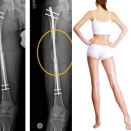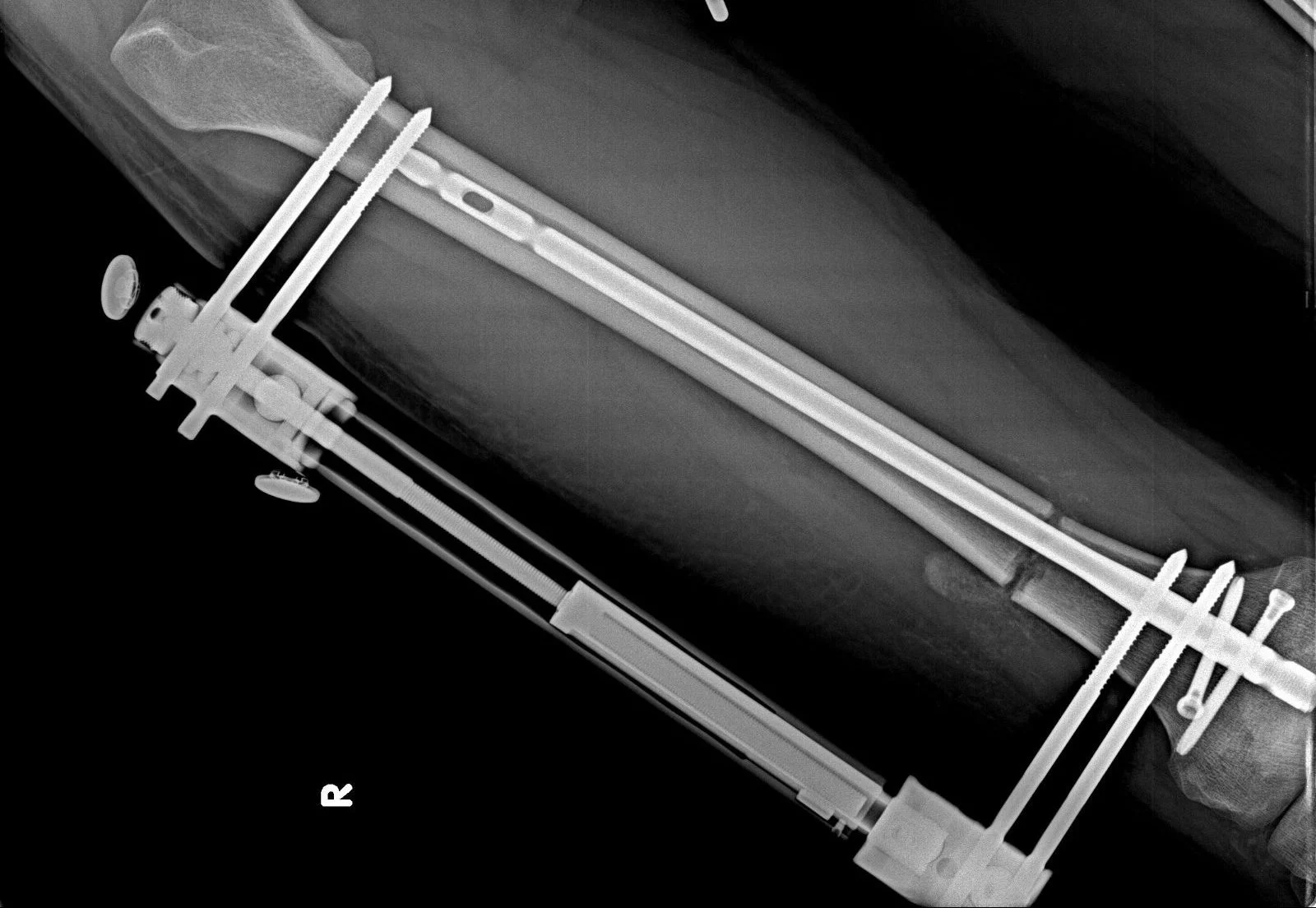
Understanding the basics of lengthening surgery
- Understanding the basics of lengthening surgery
- Who is a suitable candidate for lengthening surgery?
- Weighing the benefits and risks of lengthening surgery
Lengthening surgery, also known as stature lengthening surgery or taller surgery, is a surgical procedure that aims to increase the length of the legs or spine. This procedure is typically performed on people who are congenitally short or have lost their height due to injury or illness. There are different surgical techniques used to increase height, such as the Ilizarov method, the PRECICE nail, and the Luque-Galveston technique. These techniques involve breaking the bone and then gradually stretching it using external fixators.
Procedures: A closer look at surgical techniques used to increase height
The Ilizarov method is a technique developed in the Soviet Union in the 1950s. It involves the use of a device called an external fixator, which is a metal frame that is attached to the bone using pins or screws. The bone is then fractured and the frame is used to gradually pull the bone apart. This process stimulates bone for new tissue growth, resulting in an increase in length.
The PRECICE nail is a newer technique that uses an internal nail to lengthen the bone. This technique is less invasive than the Ilizarov method and provides a faster recovery time. However, it is not yet widely available and more research is needed to determine its long-term effectiveness.
The Luque-Galveston technique is a technique that involves the use of a device called a Galveston rod, which is placed on the spine to gradually lengthen it. This technique is used to increase height at the spine and is typically performed on people who are congenitally short or have lost height due to injury or illness.
Who is a suitable candidate for lengthening surgery?
The ideal candidate for lengthening surgery is a healthy person who has completed his/her growth and has a good psychological attitude towards the procedure. It is important to have realistic expectations and understand that surgery is not a guaranteed way to increase height and results vary from person to person. It is also important to understand the risks and complications associated with surgery and to consider them carefully before making a decision.
Risks and Complications: Understanding the potential risks and complications associated with lengthening surgery
Lengthening surgery carries risks and complications such as infection, bleeding, nerve damage, and nonunion (the bone does not heal properly). Surgery also carries a risk of complications from the use of external fixators and other devices used to lengthen the bone. Additionally, surgery can cause pain, discomfort, and disability during the recovery period.
Recovery and Aftercare: What to expect during recovery and how to properly care for yourself after surgery?
Recovery from lengthening surgery can take from several months to a year, depending on the technique used and the individual circumstances of the patient. Physical therapy and rehabilitation may be needed to help the patient regain strength and mobility. Post-treatment care will include regular follow-up visits with the surgeon and careful monitoring of the healing process of the bone. It is important to follow all postoperative instructions given by the surgeon and to take care of the surgical site to reduce the risk of infection.
Cost and Insurance: The financial considerations of lengthening and how insurance will cover it
Lengthening surgery is considered experimental and has not yet been widely accepted by the medical community. Therefore, it is not usually covered by insurance. The cost of the surgery can range from tens of thousands to hundreds of thousands of dollars, depending on the technique used, the length of the procedure, and other factors. It is important to thoroughly research the cost of the surgery and have a clear understanding of the financial implications before making a decision. Additionally, it is important to check with your insurance provider if the surgery is covered by your policy. If surgery is not covered, you may need to consider alternative options such as loans or financing plans.
Weighing the benefits and risks of lengthening surgery
Lengthening surgery is typically performed using an external fixator device, a type of frame that is attached to the outside of the limb and is used to gradually separate the bones from each other. The surgery is typically done in two stages: the first stage involves breaking the bones and attaching the fixator, and the second stage involves gradual stretching of the bones over several weeks or months. The overall length and recovery time of the surgery may vary depending on the amount of length that needs to be added and the individual healing process of the patient.
The benefits of lengthening surgery include the ability to increase height and improve body proportions. This can be particularly helpful for people with leg length differences or other congenital conditions that affect their height or body proportions.





